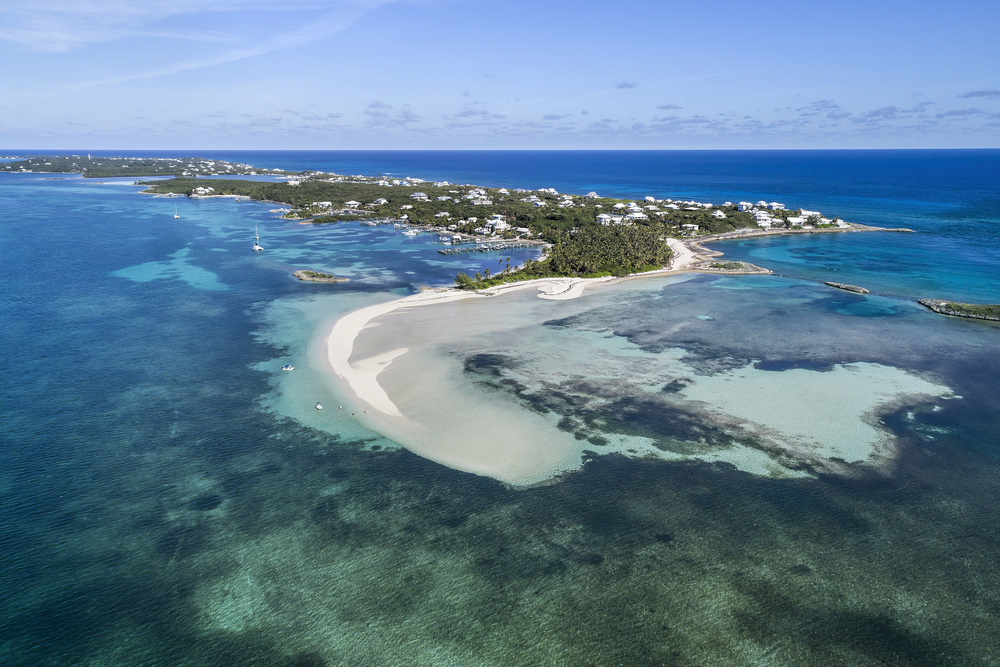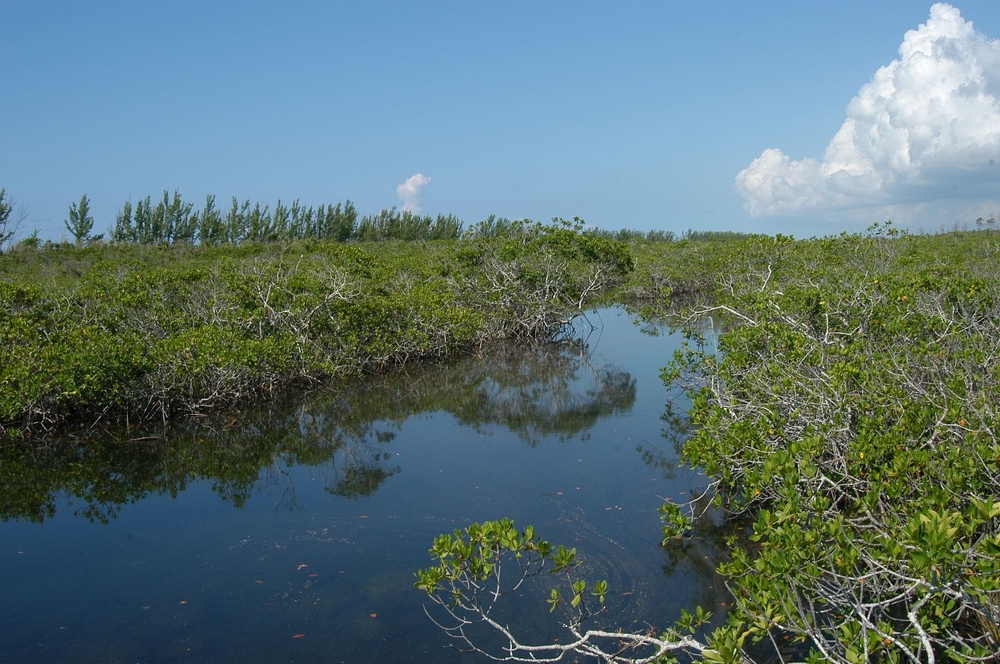The Bahamas is home to a small but remarkable collection of national parks, with 32 officially protected areas overseen by the Bahamas National Trust. These parks encompass diverse ecosystems, including lush pine forests, expansive wetlands, coral reefs, and pristine beaches. They play a critical role in safeguarding the country’s natural heritage and supporting its rich biodiversity, including species found nowhere else in the world. The parks also reflect the Bahamas’ commitment to marine and terrestrial conservation, balancing ecological preservation with sustainable tourism.
One of the most renowned parks is Exuma Cays Land and Sea Park, the first protected marine area in the world. Spanning over 450 square kilometers, it is celebrated for its crystal-clear waters, vibrant coral reefs, and abundant marine life, including sharks, sea turtles, and groupers. The park is a no-take zone, meaning fishing and harvesting are prohibited, which has allowed its ecosystems to thrive. Visitors can explore the park through snorkeling, diving, and kayaking, experiencing the unparalleled beauty of its underwater world and its pristine cays.
Another notable destination is Lucayan National Park, located on Grand Bahama Island. It is famous for its extensive underwater cave system, one of the longest in the world. The park also features diverse habitats, including mangroves, pine forests, and beaches such as Gold Rock Beach, often called one of the most beautiful in the Bahamas. Visitors can explore nature trails, kayak through mangroves, and marvel at the intricate caves while learning about their ecological and historical significance.
Andros West Side National Park is one of the largest protected areas in the Bahamas, covering more than 5,000 square kilometers. This park is critical for preserving the Andros Barrier Reef, the third-largest barrier reef in the world, as well as vast wetlands that serve as nurseries for marine life. It is also a vital habitat for endangered species like the West Indian flamingo and the Andros rock iguana. The park’s remote and rugged beauty makes it an ideal destination for eco-tourists seeking off-the-beaten-path adventures.
Inagua National Park, situated on Great Inagua Island, is a haven for birdwatchers. The park is home to one of the largest flamingo populations in the Western Hemisphere, as well as over 140 other bird species, including pelicans, herons, and the endangered Bahama parrot. Its salt flats and wetlands provide critical feeding and nesting habitats, making it a key area for avian conservation.
While these parks are stunning, conservation challenges persist, including coral bleaching, habitat degradation, and rising sea levels caused by climate change. Nevertheless, the Bahamas has achieved significant conservation successes, such as the establishment of no-take marine reserves and community-led initiatives to protect coral reefs and restore mangroves. These efforts underscore the country’s dedication to preserving its natural treasures for future generations.











































































